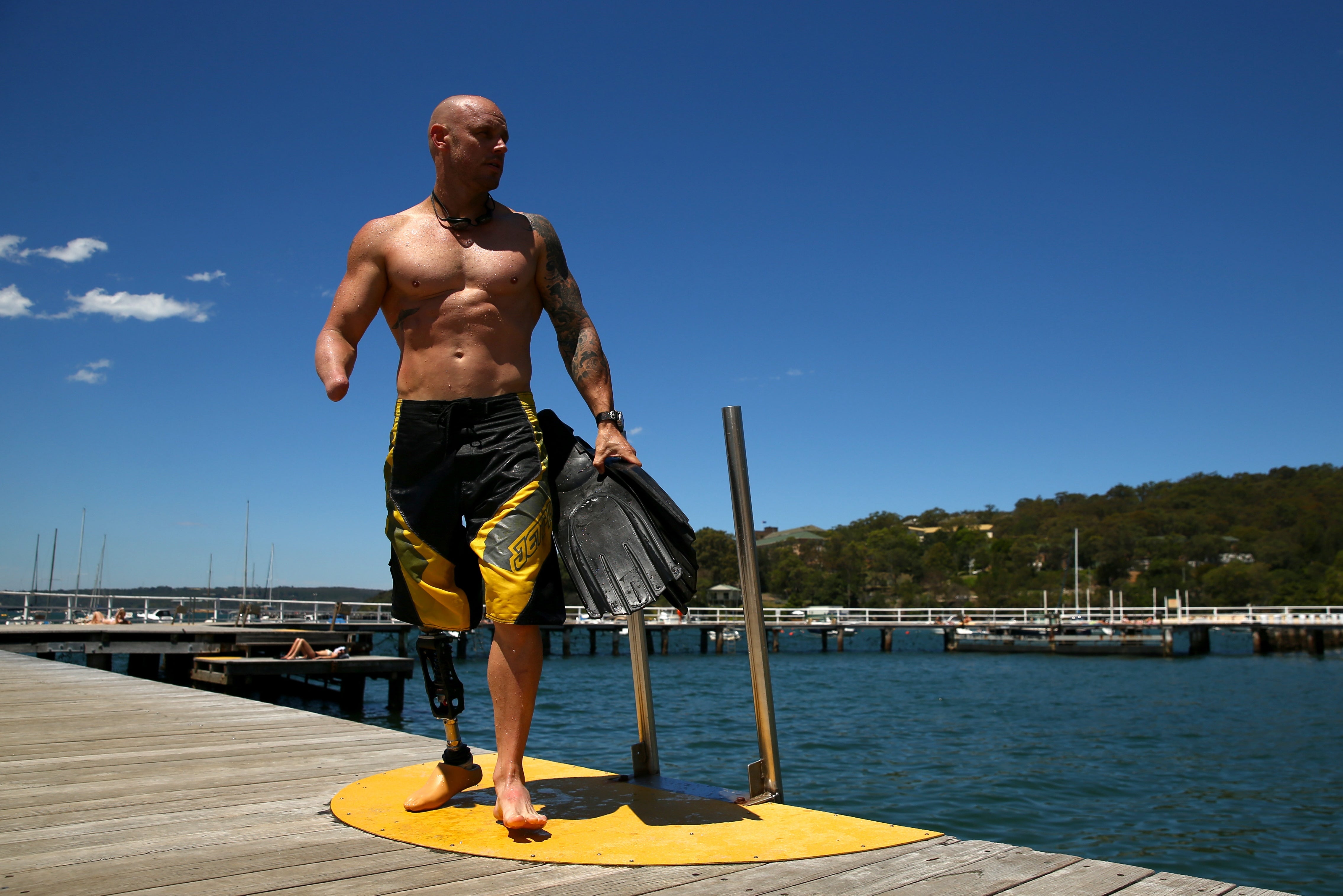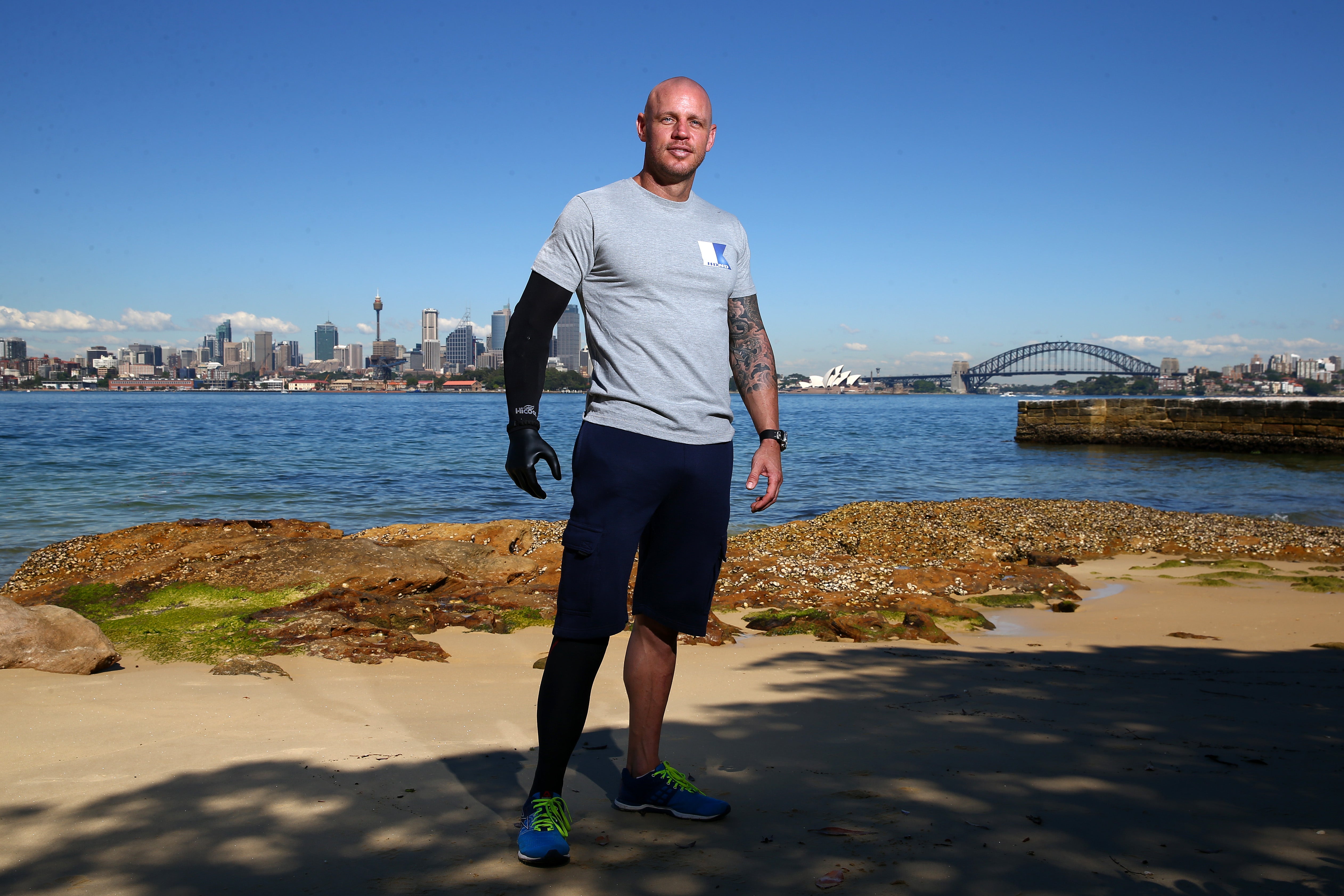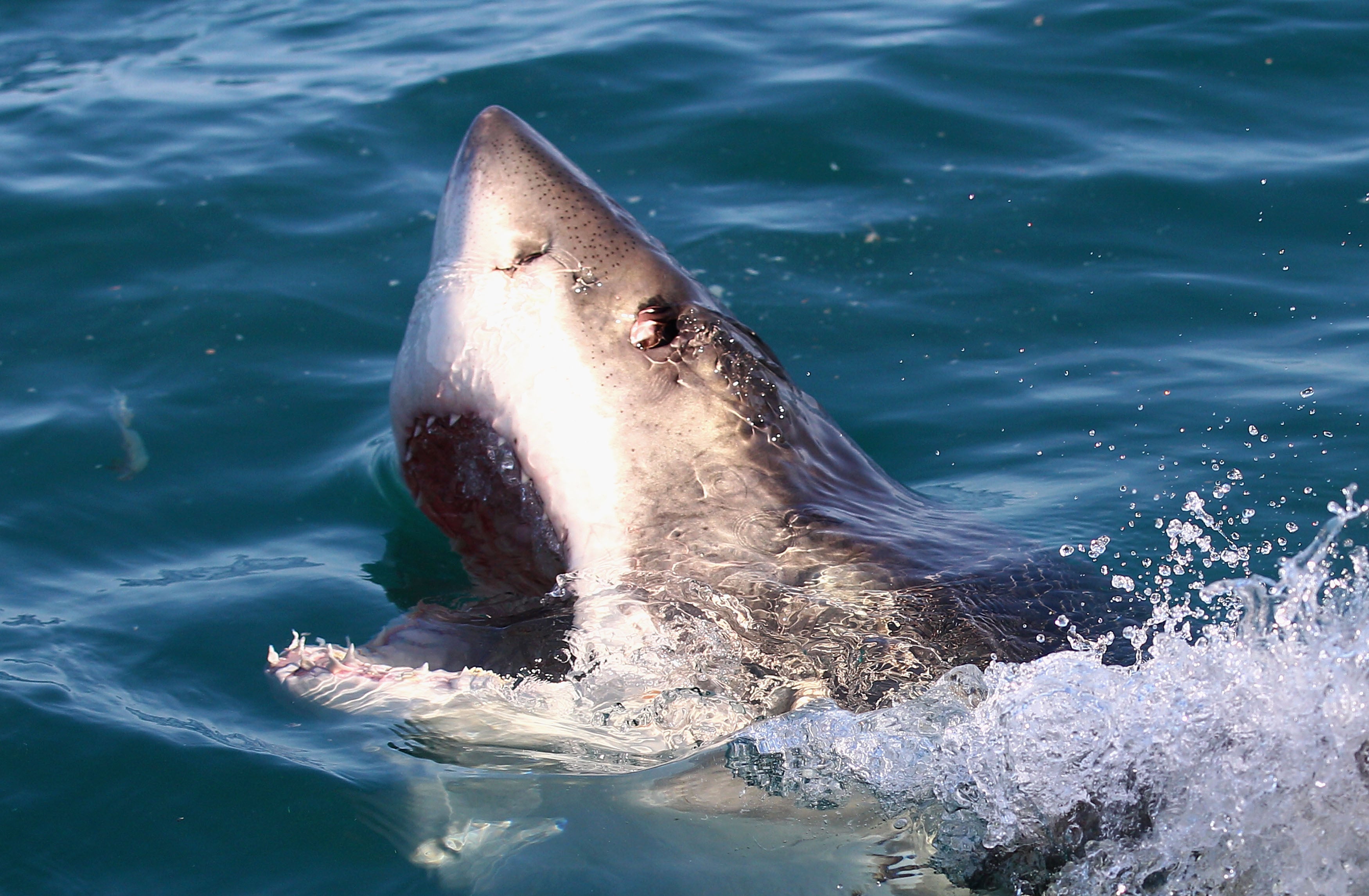You’re treading cold ocean water off Cape Cod and, suddenly, you’re not alone – a great white shark has confused you for a bobbing grey seal, and is hoping for a lucky bite. What do you do?
Former Australian Navy diver and shark attack survivor, Paul de Gelder, who lost his right hand and leg in a 2009 Sydney Harbor attack, says the key to ensuring your survival lies in your behavior. First, stay cool and collected, he told “CBS Mornings” this week – no matter how hard that may be.
“I know it goes against all natural instincts of preservation, not to panic, but that’s the most important thing you can do,” the 47-year-old said. “You have to understand these sharks don’t really know what you are, you’re almost the same size as them, and they don’t want to fight.”
Second, he said, be aware of where the shark is at all times by staring the apex predator down.
“They know when you’re watching, they don’t want to attack you when you’re watching” he explained.

Lastly, resist the urge to punch the creature — unless you absolutely have to. Pushing the sharks can guide them away from you, but divers advise people not to grab their faces.
“Because under their snouts are highly sensitive pores called the Ampullae of Lorenzini — tiny receptors that detect electrical signals. Touching that area can overstimulate them, causing a shark to reflexively open its mouth wide,” SDM Diving says.
However, sharks respect size and power and people should not act passively during an encounter. Beachgoers have gotten away from sharks by taking swings at their noses and eyes. De Gelder tried to do the same, but was unsuccessful.
Should the shark become aggressive, shark researcher Ryan Johnson previously told the BBC that people should try to do everything in their power and keep their hands out the animals’ jaws. Ideally, they should use something hard to push the shark away.

“In a situation where you don’t have that, going for the face and the gills and trying to keep your hands out of its mouth is always the best thing,” he said.
Experts at the Florida Museum’s International Shark Attack File say people should aim for the eyes and gills, but note that water resistance weakens a punch.
Of course, the chance of any of this happening is incredibly remote. A human is more likely to bite you than a shark and a Stanford University report from 2015 found that surfers and scuba divers have a one in 17 million and one in 136 million chance of being bitten, respectively.
More often than not, a bite is the case of mistaken identity and potentially the result of low vision in great whites.

Last year, the number of unprovoked bites were significantly lower than average, in the U.S. and globally. There were 28 in the U.S., compared to the 36 reported in 2023.
Still, to be safe, there are things people can do before they enter the water to minimize their chance of a bite, including not entering the water where there’s a lot of fish, not going into the water alone or at dawn or dusk, when vision may be low.
De Gelder, who is part of a new Discovery Channel special called “How to Survive a Shark Attack,” previously told the Australian Broadcasting Company that he was wearing a wet suit and black fins, likely “looking like an injured seal” to the shark that attacked him.
“I want to show people by doing,” he told CBS.


